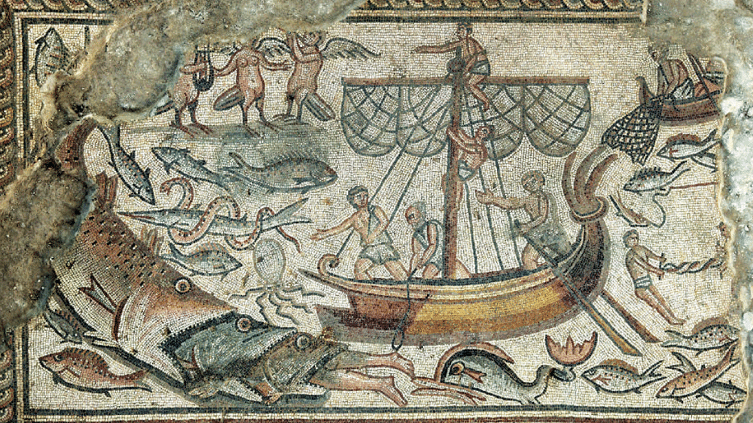

In the heart of the Lower Galilee, near the Sea of Galilee, excavations are taking place that are shedding new light on the rich and ancient history of the region. The dig site in Huqoq, home to an ancient synagogue dating back to the fifth century C.E., is revealing some of the most exquisite mosaics ever unearthed in Israel.
Huqoq is currently a kibbutz that was established in 1945. Its name is reminiscent of an ancient priestly town in the territory of the Asher tribe. In its prime, during the Talmudic and Mishnaic periods, Huqoq flourished as a hub for thousands of Jews and the 24 priestly families safeguarding Jewish traditions following the destruction of the Second Temple and the subsequent exile from Jerusalem.
Since 2012, American archaeologist, Professor Jodi Magness from the University of North Carolina at Chapel Hill, has been leading a team of students each summer to excavate at Huqoq. Her expertise lies in the archaeology of Israel and Jordan, with a focus on the Roman, Byzantine, and early Muslim periods.
Over the past decade, their efforts have brought to light several breathtaking mosaics portraying captivating scenes. The intricate details and vibrant colors of these images offer a vivid window into the past.
Some mosaics depict scenes of war and heroism. This image depicts a bearded soldier dressed in battle attire, leading a bull by its horns. He is trailed by more soldiers and elephants in protective gear. The soldier is shown meeting an older figure, gray-haired and donning a white tunic, who is accompanied by young men in ceremonial dress, their swords sheathed. This mosaic appears to showcase Alexander the Great encountering a Jewish priest, depicting a historical event dating back to 332 B.C.E. when Alexander launched his conquest campaign across the region, including Israel.
However, the narrative presented in this mosaic is questionable, as historical records indicate Alexander the Great was never defeated by rebel Jews, which the artwork implies. An alternative interpretation for this mosaic aligns with a renowned story from the Talmud, which tells of a man named Bar Kamtza delivering a blemished calf to the Temple on behalf of Emperor Nero, as part of a ruse to exact revenge on the rabbis — which incited the Jewish Revolt as a result. This context suggests that the events depicted in the mosaic took place around 65 or 66 C.E.
Biblical narratives also come alive in these mosaics, with the depiction of Samson, the hero from the book of Judges, tying two foxes by their tails.

Another mosaic depicts the Egyptians, led by Pharaoh, succumbing to their fate by drowning in the Red Sea. If you zoom in, you can see fish swallowing Egyptian soldiers.
In this portrayal of the story of Jonah, we observe Jonah being thrown overboard amidst a storm, only to be swallowed by a fish, which in turn is swallowed by another fish, and so on.
This mosaic vividly illustrates the narrative of the Tower of Babel. It specifically highlights a tense moment where two laborers, engaged in the construction of the tower, are depicted in the midst of a fierce altercation.
Recent excavations have revealed further enthralling mosaics. One includes men in pants holding a chain of flower bouquets, a rooster, and the faces of a man and a woman. Stone pillars within the synagogue, covered with plaster and painted with ivy leaves, have also been discovered. Another recently uncovered mosaic features an intriguing Hebrew inscription in its center, surrounded by floral decorations. On the sides, an Aramaic etching includes the names of the donors who funded the synagogue’s mosaic construction.
One of the latest discoveries shows a tiger in pursuit of an ibex:
As excavations continue at Huqoq, we eagerly wait to see what historical gems will be unearthed in the coming years. Through the diligent work of Professor Magness and her team, the ancient narratives and cultural richness of Israel are being revived, one mosaic at a time. Each discovery enriches our understanding of eras past and keeps the history alive for future generations.
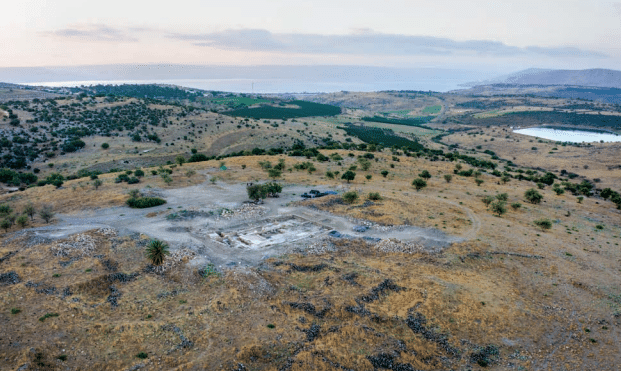

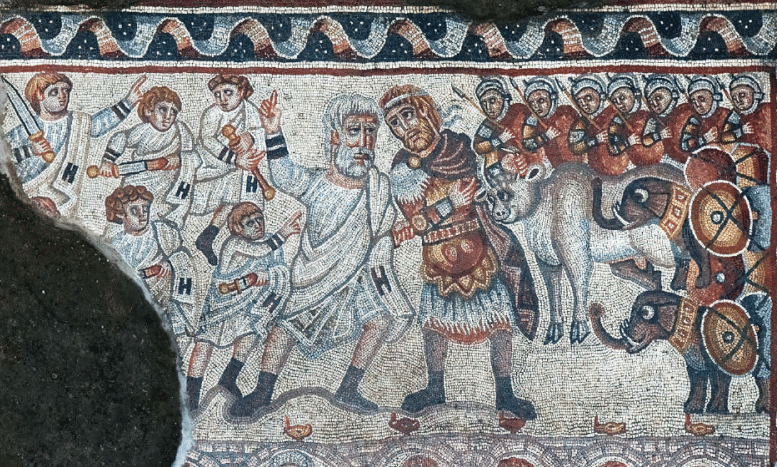
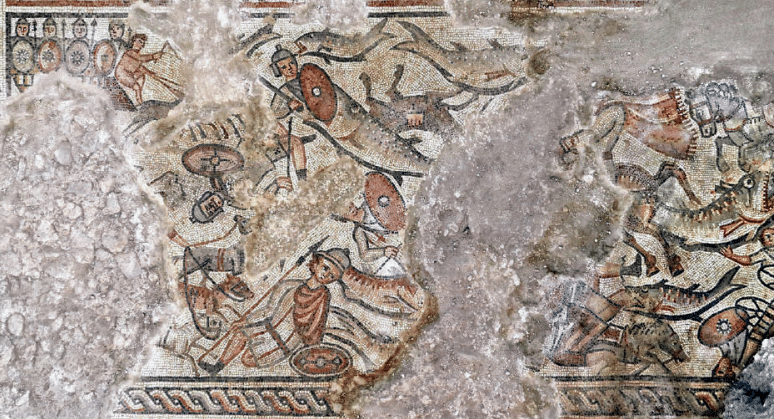
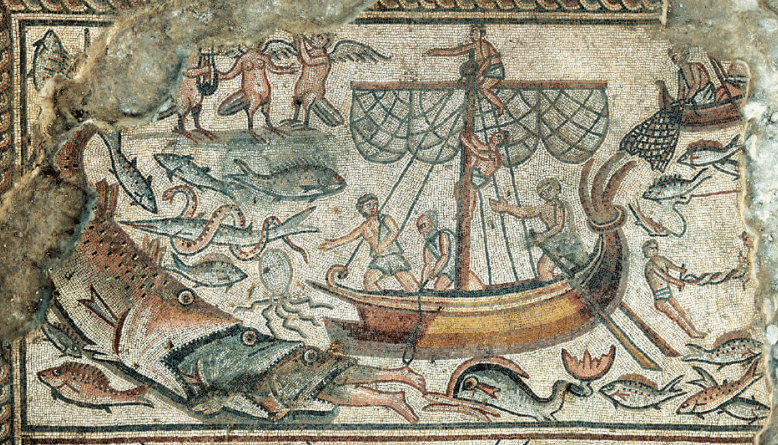
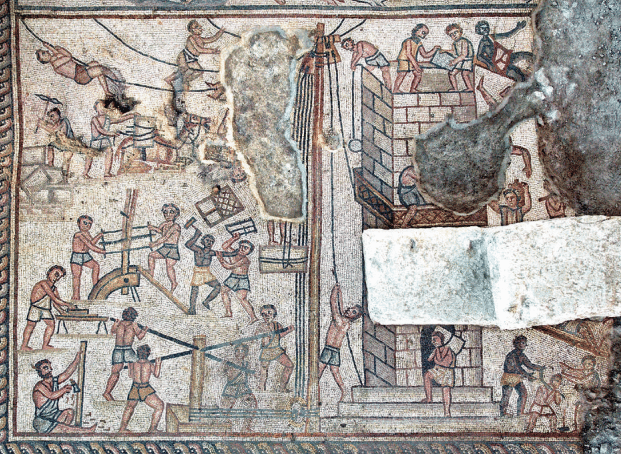



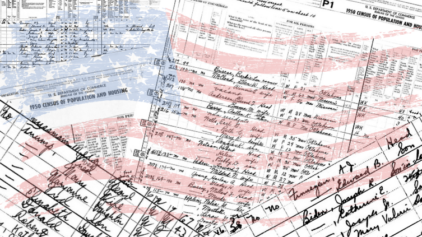
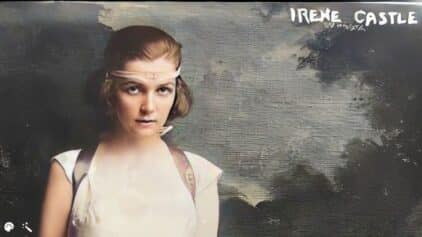





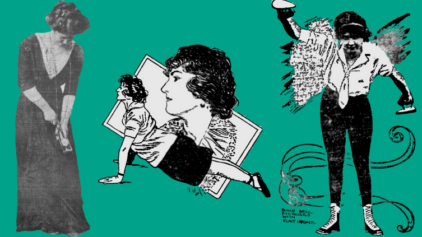
Lloyd de Vere Hunt
July 29, 2023
Love this one such a surprising and critical to understand the Haplogroups of the Levant including our tiny twig of an England, French split off an otherwise completely Ashkenazi branch
This mosaic appears to showcase Alexander the Great encountering a Jewish priest, depicting a historical event dating back to 332 B.C.E. when Alexander launched his conquest campaign across the region, including Israel.